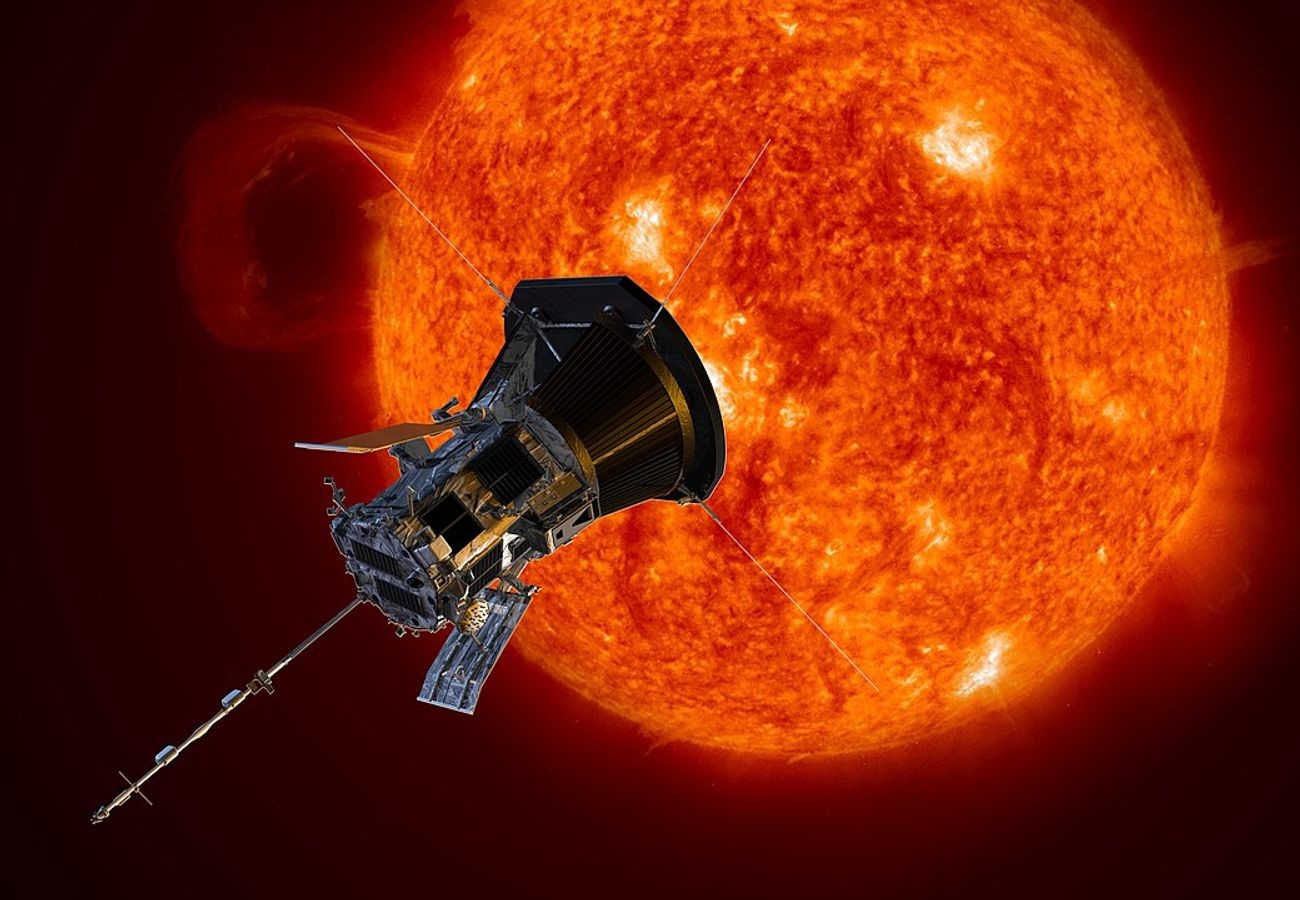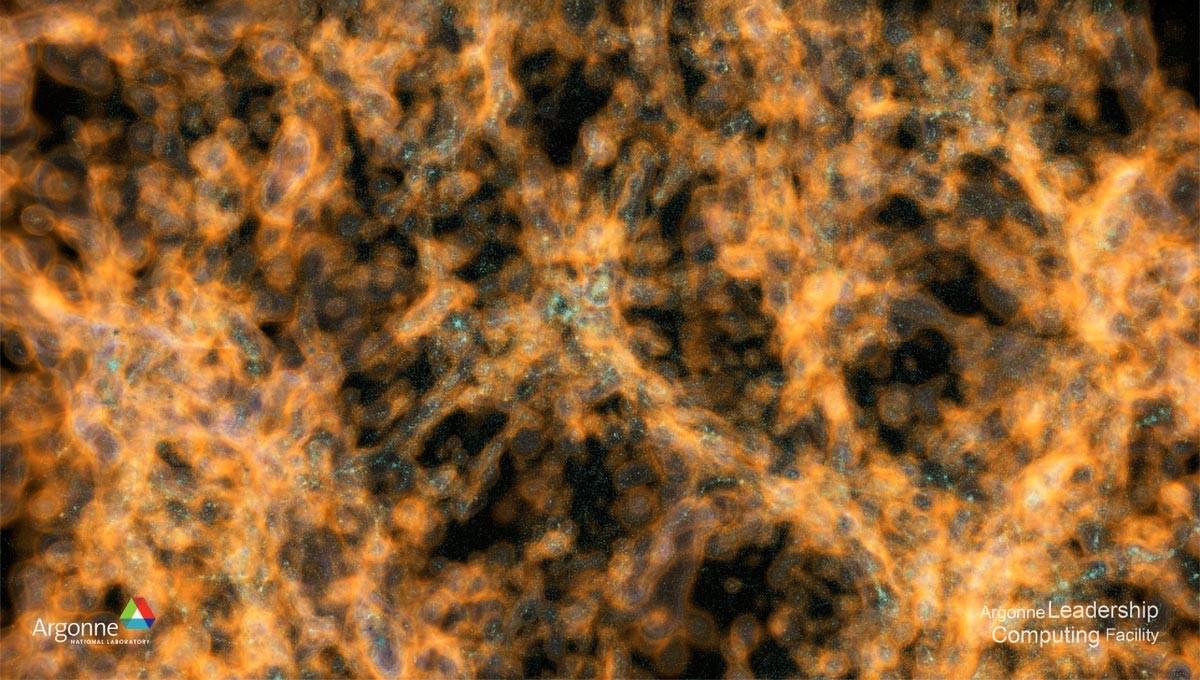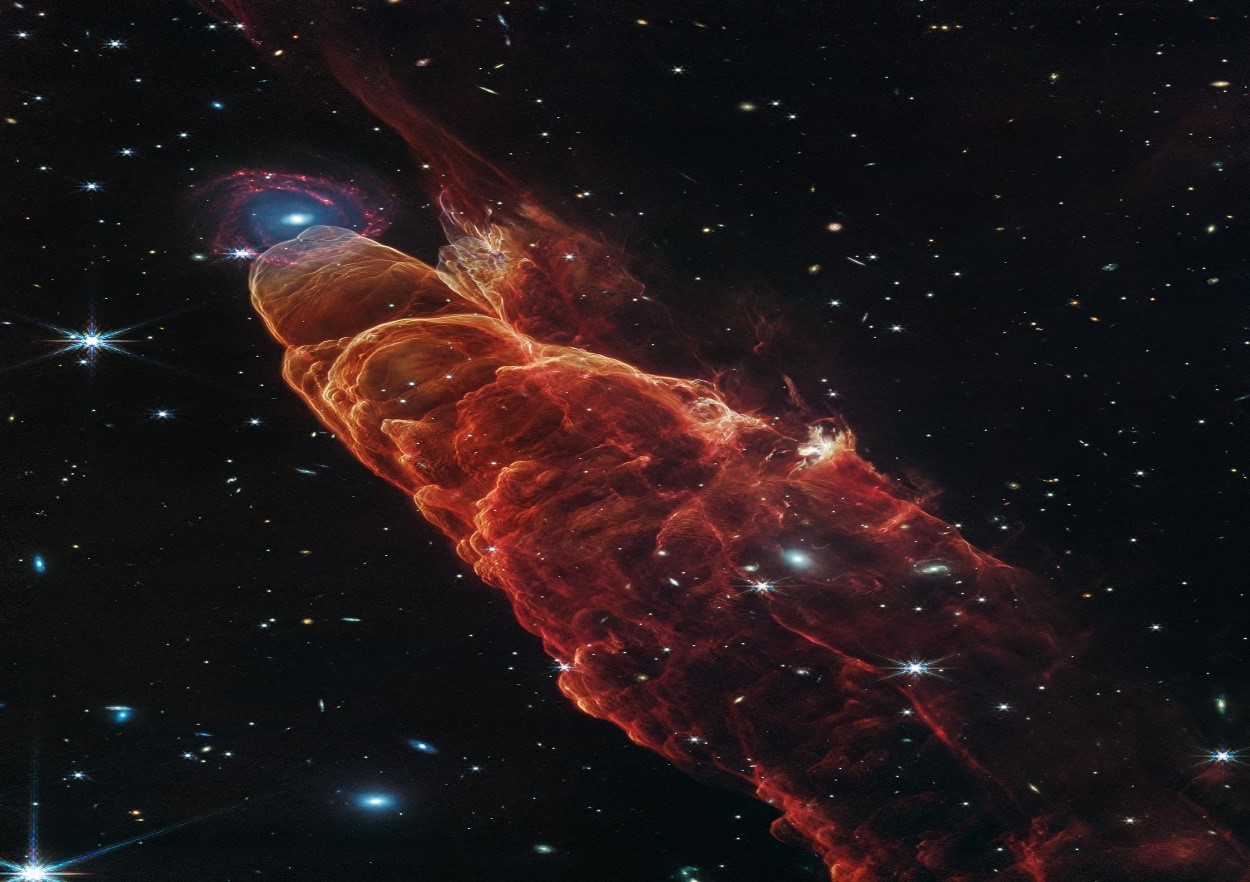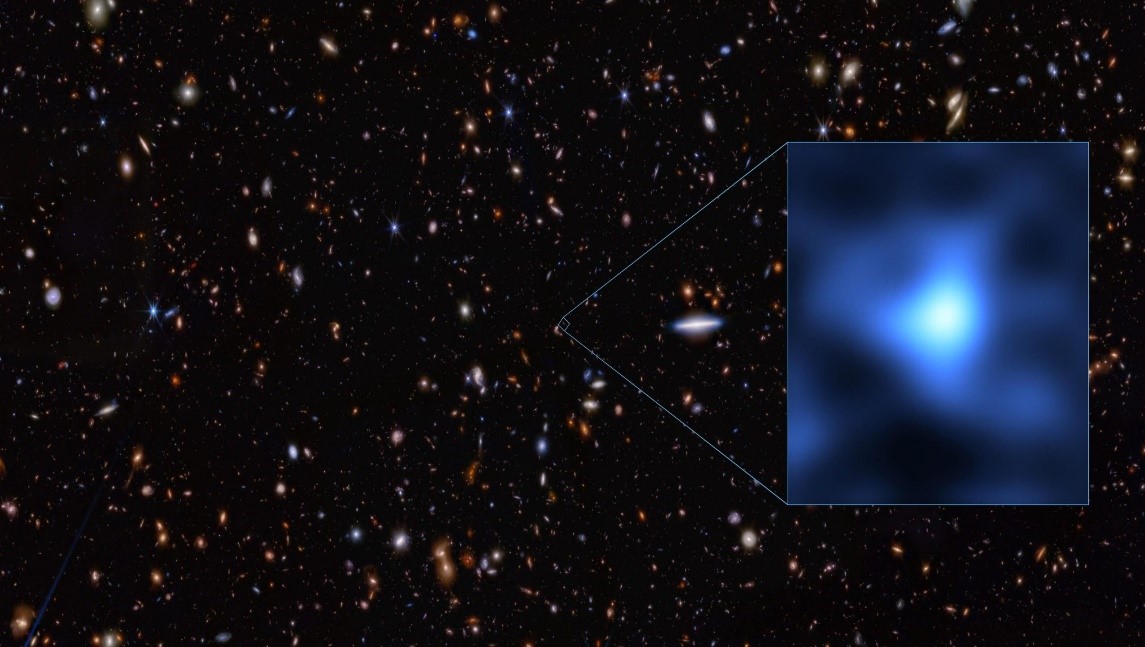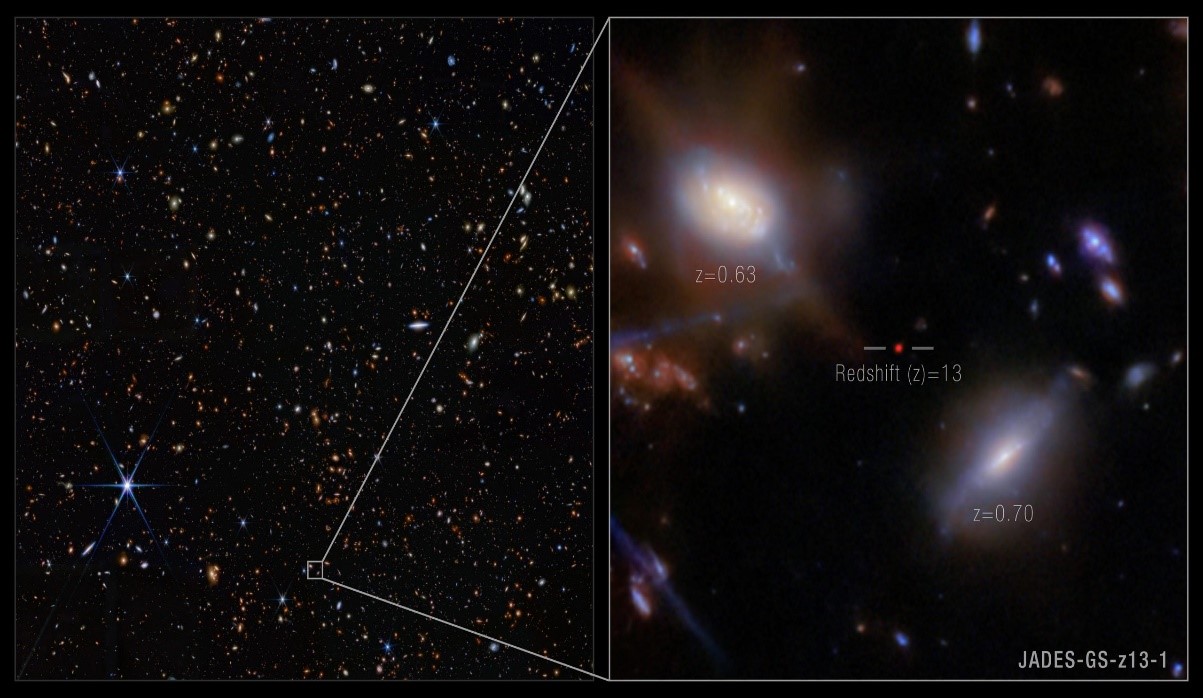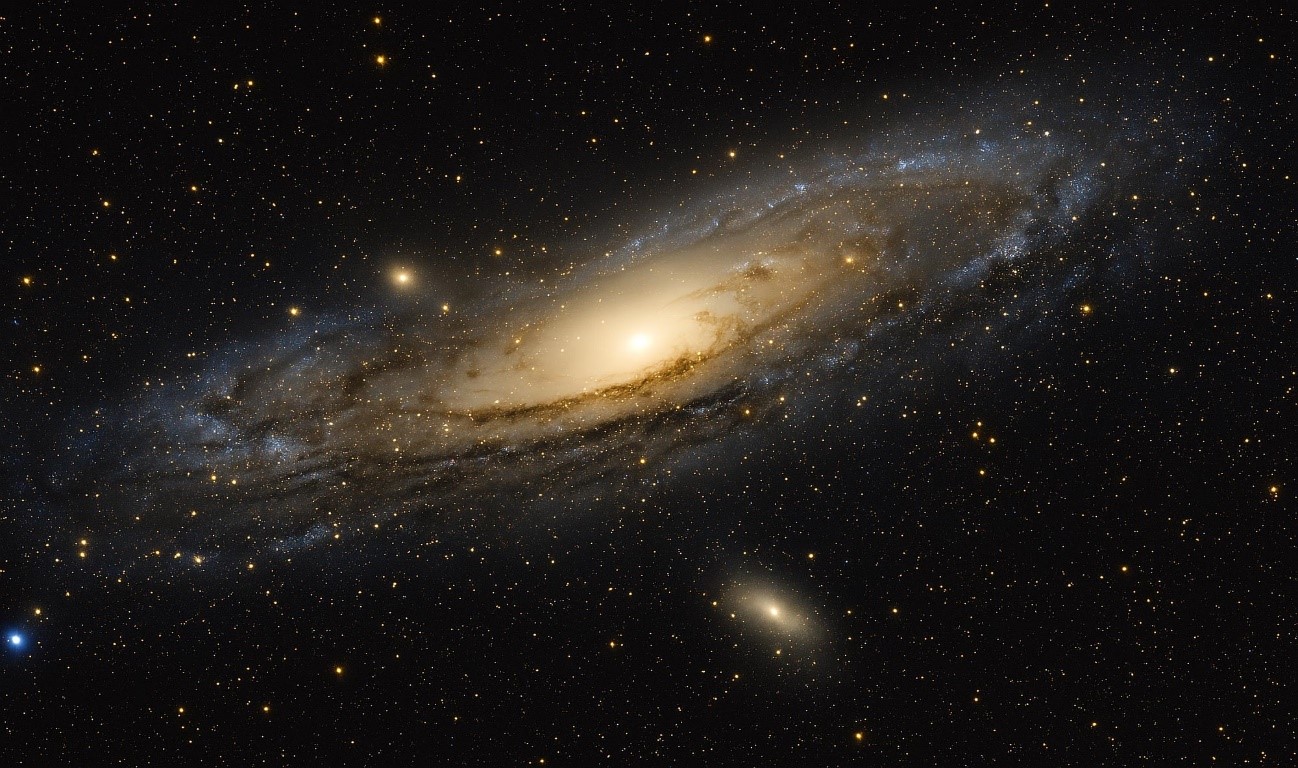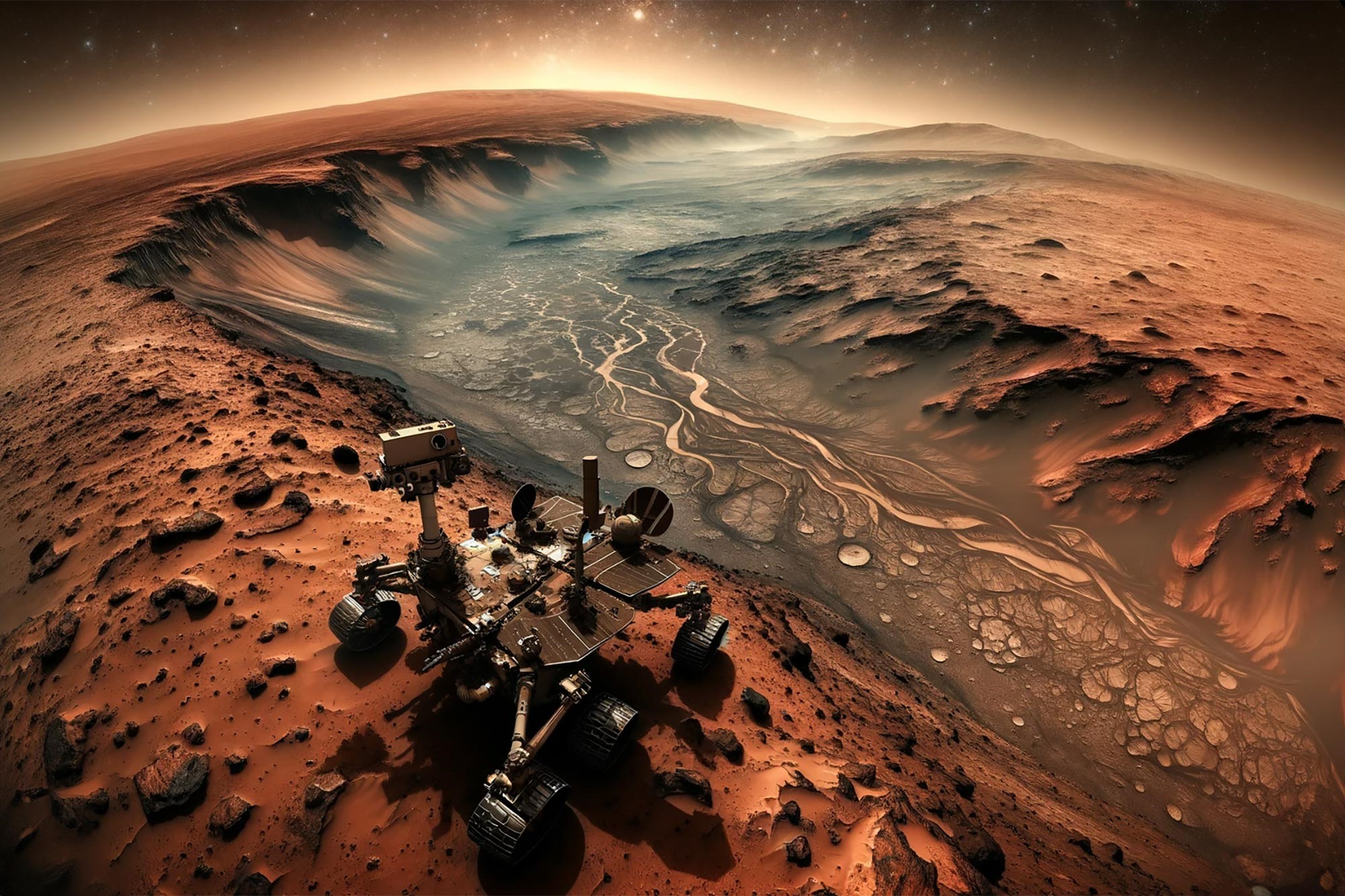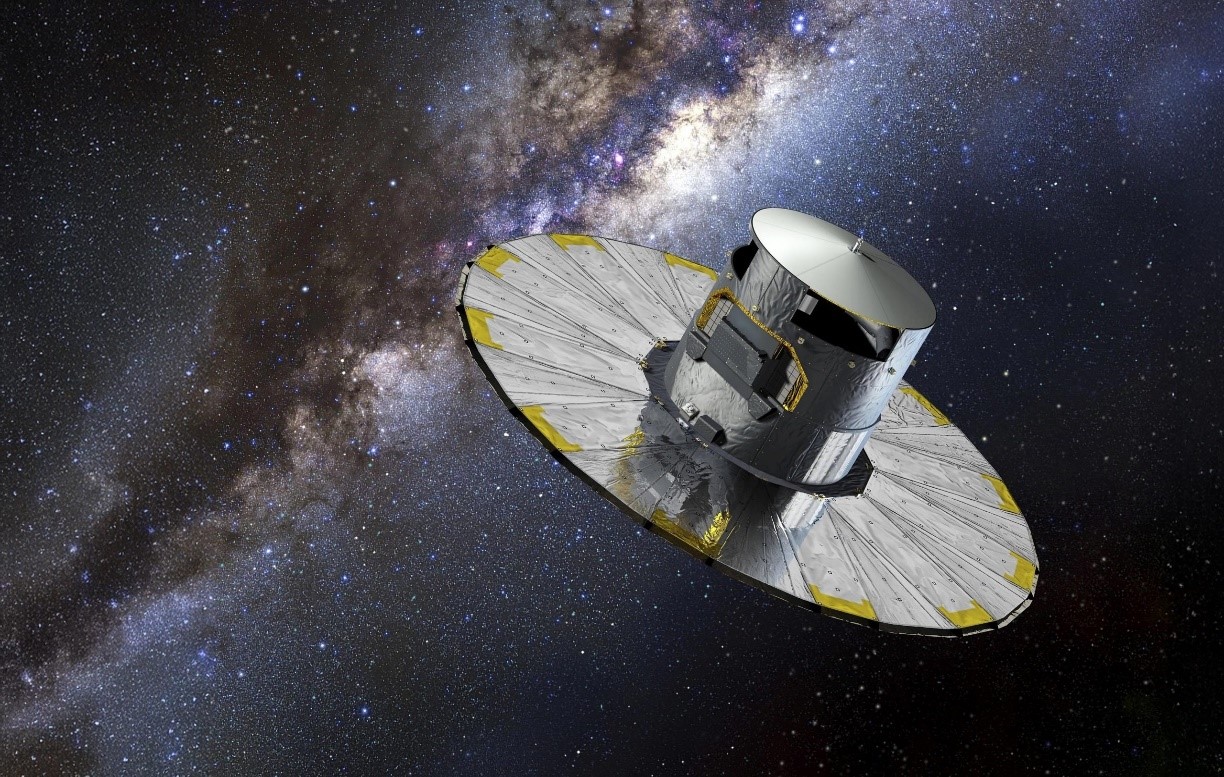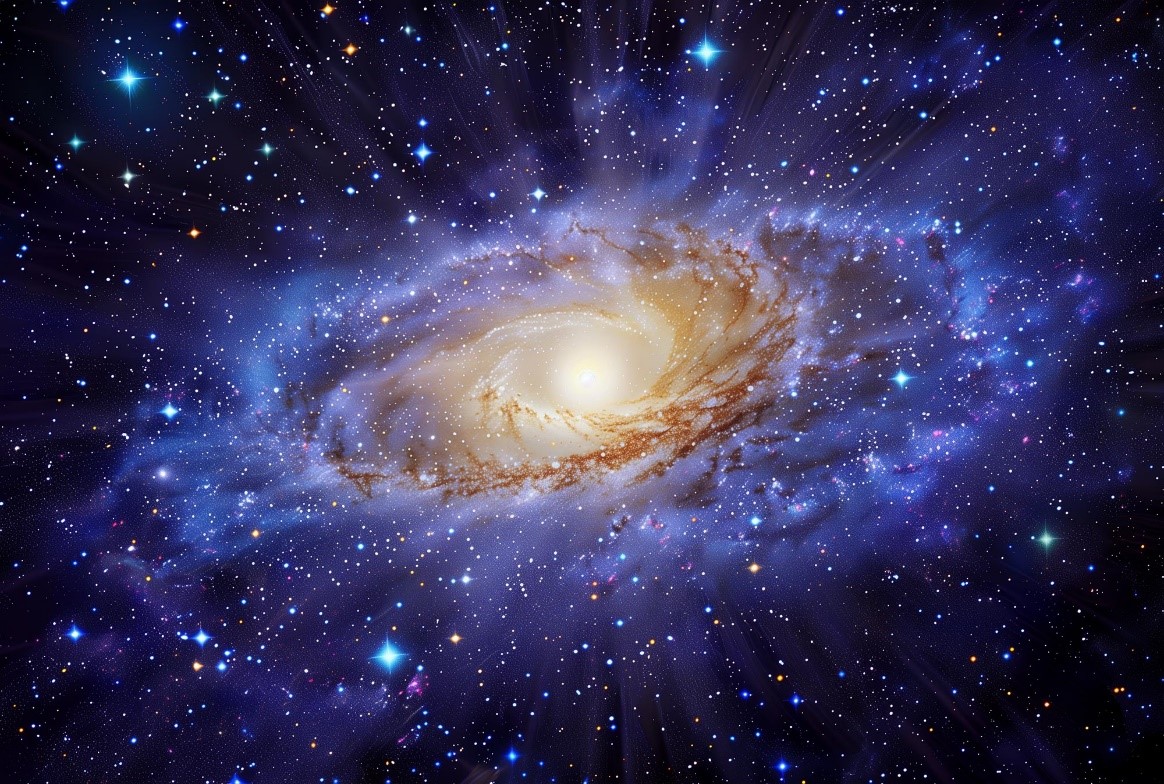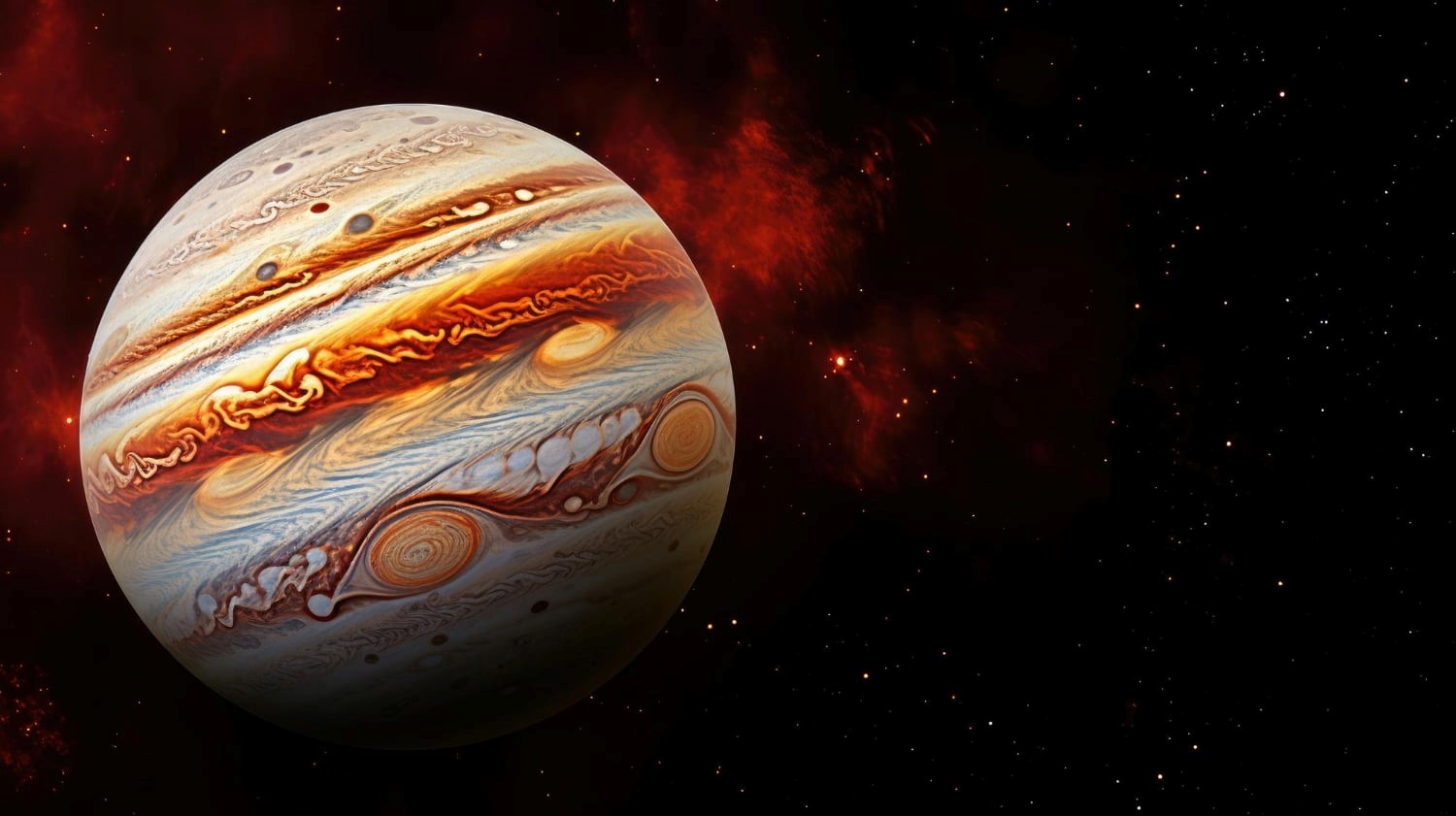Tiny Fossils Show Mammals Descended from Trees Long Before the Asteroid Impact
Millions of years before the asteroid impact that wiped out the dinosaurs, mammals had already begun transitioning from tree-dwelling to ground-based lifestyles. A groundbreaking study analyzed tiny limb bone fragments from marsupials and placental mammals in Western North America, uncovering this evolutionary shift. These subtle fossil clues suggest that mammals were adapting to a changing world, particularly the spread of flowering plants that reshaped ground habitats. Surprisingly, this transition to terrestrial life may have influenced mammalian evolution more than direct interactions with dinosaurs.

Figure 1. Mammals Adapted to Ground Life Before the Asteroid, Driven by Vegetation Changes
Ground-Dwelling Mammals Emerged Before the Dinosaurs' Extinction
New research from the University of Bristol reveals that many mammals had already begun transitioning to a ground-based lifestyle millions of years before the asteroid impact that triggered the mass extinction of the dinosaurs. Published in Palaeontology on April 1, the study provides fresh evidence that this shift occurred well before the end of the Cretaceous period. Figure 1 shows Mammals Adapted to Ground Life Before the Asteroid, Driven by Vegetation Changes.
The researchers examined tiny fossilized limb bone fragments from marsupial and placental mammals in Western North America, the only region with a well-preserved terrestrial fossil record from that era. These bones contain structural features that reveal how the animals moved, enabling scientists to compare them statistically with the limb bones of modern mammals.
Tree-Dwelling Mammals Struggled After the Asteroid Impact
Lead author Professor Christine Janis from the University of Bristol’s School of Earth Sciences explained that while it was already known that flowering plants (angiosperms) diversified late in the Cretaceous, creating more varied ground habitats, and that tree-dwelling mammals struggled after the asteroid impact, it had not been previously documented whether mammals were becoming more terrestrial in response to these habitat changes.
A Fresh Approach to Studying Evolution
While past studies relied on complete skeletons to examine ancient mammal movement, this research is among the first to use small bone fragments to track evolutionary changes across an entire community. The team analyzed statistical data from museum collections in New York, California, and Calgary to study these tiny fossils.
Professor Janis noted, “Vegetational habitat played a greater role in Cretaceous mammalian evolution than any direct influence from dinosaurs.”
The study focused on bone articular fragments from therian mammals, including marsupials and placentals. However, the methods were not applied to more primitive mammals like multituberculates, as their bone structures differed significantly.
Small Bone Fragments Reveal a Larger Evolutionary Story
Professor Janis explained, “We’ve long known that the articular surfaces of mammalian long bones provide valuable insight into locomotion, but this may be the first study to use such small bone fragments to track changes within an entire community rather than just individual species [1].” While this research concludes the project, its findings shed new light on how prehistoric mammals adapted to shifting environments millions of years before the asteroid impact transformed life on Earth.
Reference:
- https://scitechdaily.com/tiny-fossils-reveal-mammals-left-the-trees-long-before-the-asteroid-impact/
Cite this article:
Janani R (2025), Tiny Fossils Show Mammals Descended from Trees Long Before the Asteroid Impact, AnaTechMaz, pp.299



